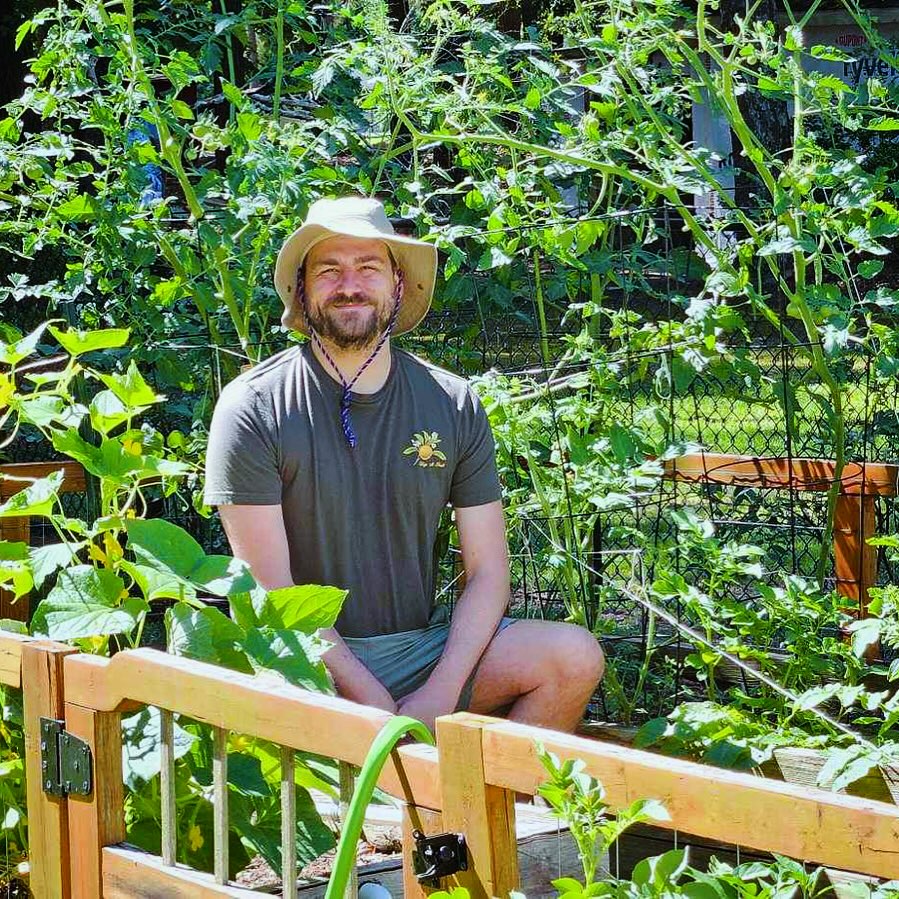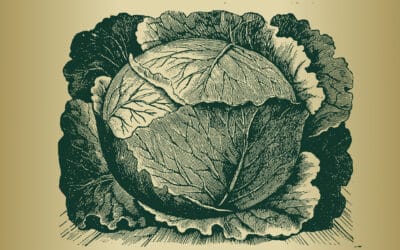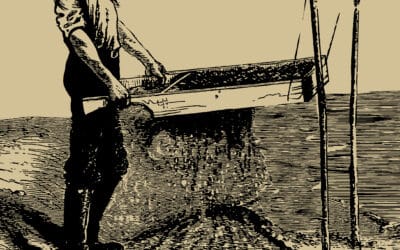Gardening can be as fulfilling as it is challenging, especially when plants don’t thrive as expected. One common yet often overlooked issue is potassium deficiency—an important nutrient for plant health.
As I noticed in my own garden, plants showing poor growth and stress symptoms, despite regular care, hinted at a deeper problem.
This exploration into the world of potassium fertilizers not only renewed the life of my garden but also improved my knowledge of plant nutrition.
TL;DR
We aim to:
- Highlight the importance of potassium in supporting plant water regulation, disease resistance, and nutrient transport.
- Identify signs of potassium deficiency, including leaf discoloration and reduced growth, using personal observations.
- Discuss using both natural sources, like wood ash and banana peels, and commercial potassium fertilizers to correct deficiencies.
- Offer detailed application tips for potassium fertilizers, emphasizing soil testing, moderation, and timing for optimal garden health.
- Stress regular monitoring of plant health post-fertilization to ensure the effective use of potassium in enhancing plant vitality and yields.
The Important Role of Potassium in Plant Health
Potassium is like a superhero for plants, playing a helpful role in water regulation, disease resistance, and nutrient transportation.
Its benefits extend to enhancing the quality of fruits and vegetables, making it a key player in achieving a bountiful garden.
Through personal observations, I found that adding potassium into my gardening practices had a huge effect on the vitality and yield of my plants.
I recommend the following products to you in order to achieve such a yield:
- Langbeinite Fertilizer Mix
- Organic Potting Soil (Potassium-rich)
- Compost (General source of potassium)
As an Amazon Associate we earn from qualifying purchases
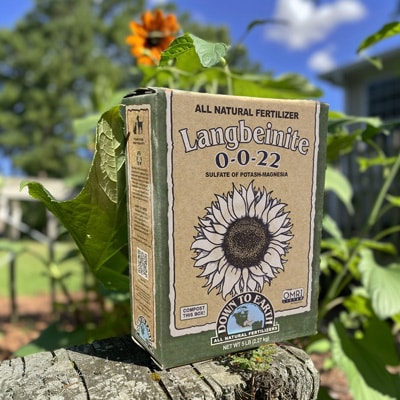
Down to Earth Organic Langbeinite Fertilizer Mix
Brand: Down To Earth All Natural Fertilizers
Item Weight: 5.25 Pounds
Unit Form: Granule
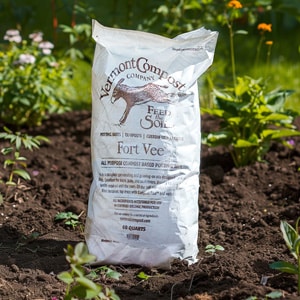
Fort Vee – Organic Potting Soil Mix
Brand: Vermont Compost Company
Item Volume: 20 Quarts
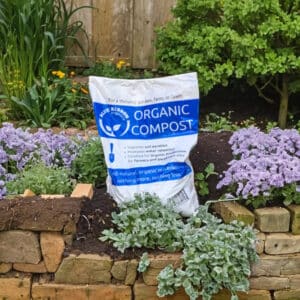
Ribbon Organics OMRI Certified Organic Compost
Brand: Blue Ribbon Organics
Item Weight: 7.9 Grams
Item Volume: 7.9 Gallons
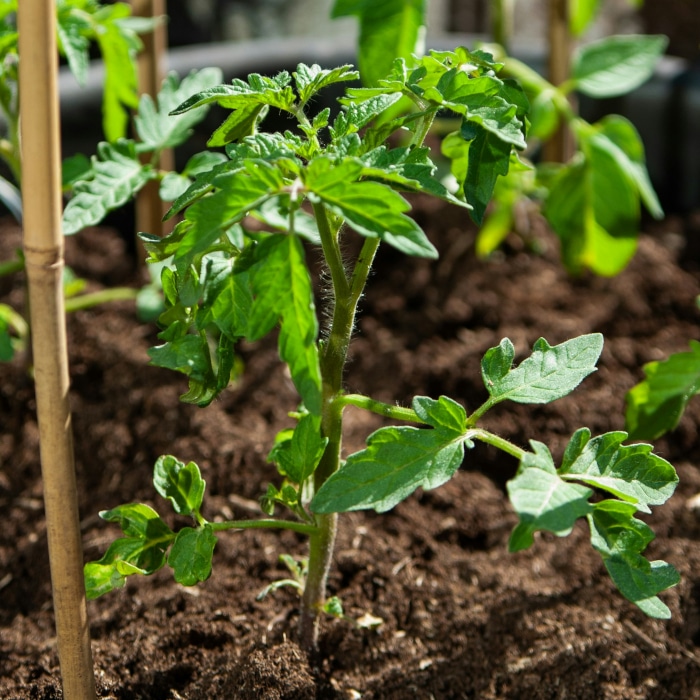
Identifying Potassium Deficiency
Recognizing the signs of potassium deficiency was my first step towards a solution.
Symptoms like the browning of leaf edges, weak stems, and a noticeable decline in fruit production were red flags. In my garden, these were evident in tomatoes and peppers, prompting immediate action to correct the imbalance.
Natural Sources of Potassium for Your Garden
Turning to nature, I explored organic sources of potassium that were both effective and sustainable.
Wood ash, a byproduct of fireplace burning, proved to be a rich source of potassium and significantly improved soil pH.
Similarly, banana peels, dried and ground, became a potent supplement that I mixed directly into the soil.
These natural remedies not only addressed the deficiency but also enriched the soil with other helpful nutrients. You can explore more nutrient-specific amendments in your own garden as needed.

Commercial Potassium Fertilizers
For more immediate needs or larger-scale applications, commercial potassium fertilizers like potash and potassium sulfate offer a concentrated source of this essential nutrient.
Choosing the right product involved testing the soil in my garden to determine its specific needs, ensuring that I didn’t inadvertently contribute to nutrient imbalances.
Maximizing Plant Health with Potassium: Application Strategies and Insights
To ensure the health and productivity of your garden, applying potassium fertilizers correctly is so important.
Here are some tips and considerations for optimizing the use of potassium fertilizers in your gardening practice:
Understanding the Forms of Potassium Fertilizers
Granular Fertilizers
These are best incorporated into the soil at planting time or worked into the soil around existing plants. The slow-release nature of granular fertilizers provides a steady supply of potassium, supporting plant growth over a longer period. In my experience, mixing granular potassium into the soil before planting ensures that the roots have immediate access to this essential nutrient as they begin to grow.
Liquid Fertilizers
Liquid forms are perfect for quick interventions, especially when signs of potassium deficiency appear in mature plants. They can be applied directly to the soil around the plants or used as a foliar spray. I’ve found foliar applications to be particularly effective for rapid absorption, giving plants a much-needed boost during important growth phases or stress periods.
Application Techniques and Timing
Soil Testing First
Before applying any potassium fertilizer, conducting a soil test is imperative. This step helped me determine the exact needs of my garden, allowing me to apply the right amount of fertilizer without risking overfertilization, which can harm plant growth and soil health.
Moderation is Key
Overapplication of potassium can lead to nutrient imbalances, negatively affecting the uptake of other essential nutrients like magnesium and calcium. I learned to apply potassium fertilizers according to the recommended rates based on soil test results and to observe plant response carefully, adjusting future applications as needed.
Timing
The timing of fertilizer application can significantly impact its effectiveness. For example, applying granular potassium in early spring prepares the soil for the planting season. Meanwhile, liquid potassium can be applied during the growing season to address immediate deficiencies or stress recovery. Timing applications according to plant growth stages and seasonal conditions has been helpful in my gardening practice.
Incorporation into the Soil
For granular types, ensuring the fertilizer is well-incorporated into the soil helps with even distribution and availability to plant roots. I’ve made it a habit to mix the fertilizer into the top few inches of soil or along the drip line of larger plants, where roots are most active.
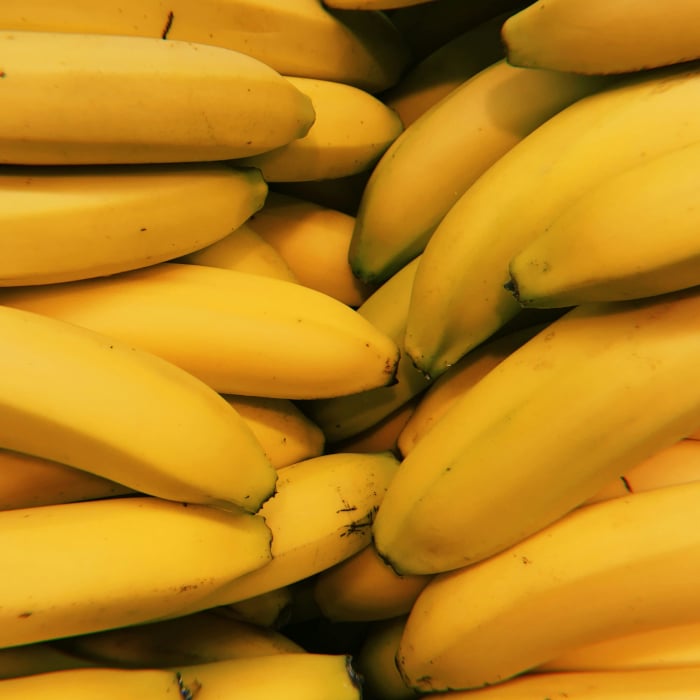
Regular Monitoring for Best Results
Observe Plant Health
After applying potassium fertilizer, closely monitoring plant health and growth responses is important. Signs of improvement, such as more vigorous growth, healthier foliage, and increased fruiting, usually appear within a few weeks. These observations guide me in fine-tuning my fertilization practices for optimal garden health.
By applying these application tips for potassium fertilizers, I’ve managed to significantly improve the health, resilience, and productivity of my garden.
Remember, each garden is unique, so what works well for one may need adjustment for another.
Through careful observation, regular soil testing, and a responsive approach to fertilization, you can unlock the full potential of your garden with potassium fertilizers.
Preventing Potassium Overload
Before adding any plant potassium to the garden, I discovered the importance of soil testing. This not only confirmed the deficiency but also informed how much fertilizer was needed, preventing potential harm to the microbial life essential for a healthy garden ecosystem.
In reflecting on the transformative impact of potassium fertilizers on my garden, the process highlights a broader lesson on the importance of understanding and meeting the specific nutritional needs of plants.
Whether you opt for natural remedies or commercial products, the addition of potassium can significantly enhance plant health and yields, contributing to a more resilient and productive garden.
As we embrace the art of gardening, let us remain committed to learning, experimenting, and growing—not just our plants but also our knowledge and appreciation of the natural world.
Invite your experiences and questions about potassium fertilization, and together, let’s cultivate a community of informed and passionate gardeners, ready to support each other towards greener, more fruitful gardens.



